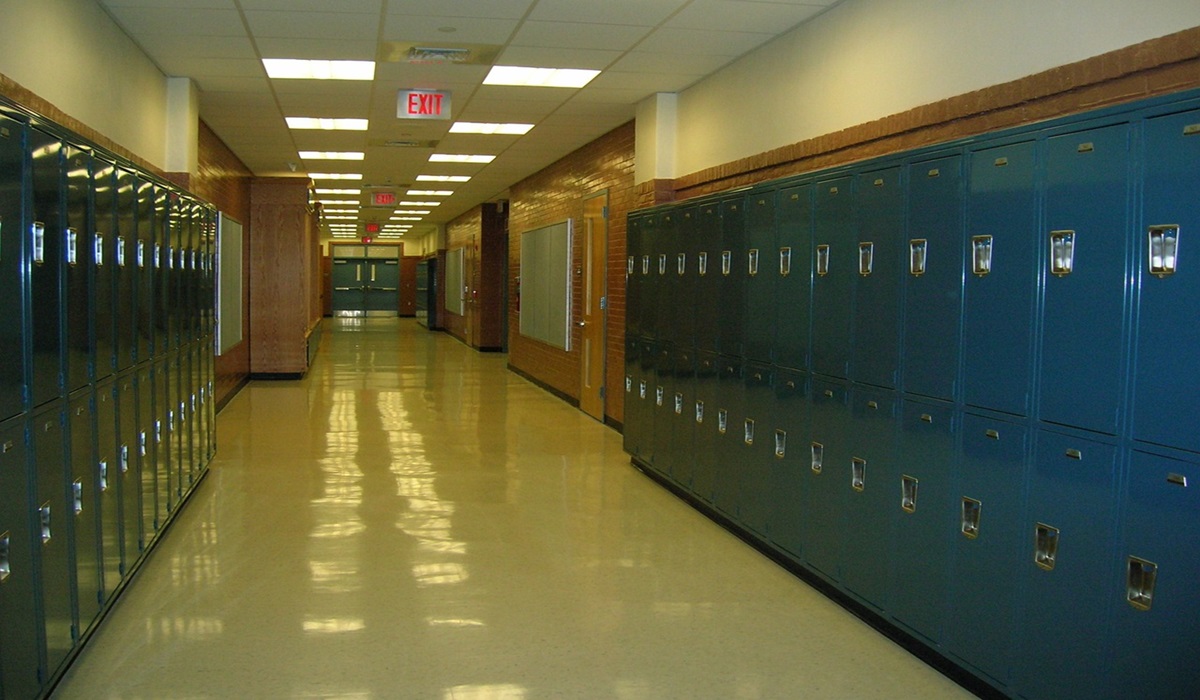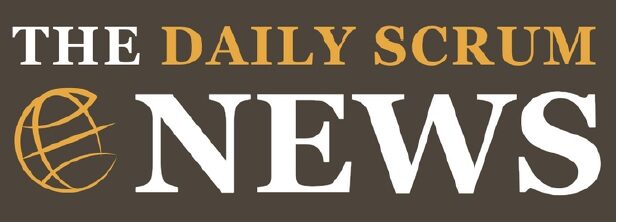How Zip Codes Dictate the Quality of American Education
- Ingrid Jones
- D.O.C Supplements - Trending News
- December 29, 2024

Image Credit, Elizabeth A Ferry
The American education system’s failure to keep pace with global standards is no mystery—it stems directly from its inequitable funding model. Public schools in the United States are primarily funded through local property taxes, tying the quality of education to the wealth of a community. This approach entrenches inequality, perpetuating a system where children’s educational opportunities are determined by their zip code.
In affluent areas, higher property taxes yield significantly better-funded schools. These schools boast smaller class sizes, advanced technology, well-paid and highly qualified teachers, and enriched extracurricular programs. Conversely, schools in lower-income neighborhoods struggle with outdated materials, overworked staff, and deteriorating facilities. The disparity is not just glaring; it is systemic and deliberate.
This funding model enshrines segregation into the heart of public education. Decades after the landmark Brown v. Board of Education decision declared “separate but equal” unconstitutional, the public school system remains deeply divided along racial and economic lines. Predominantly white, affluent neighborhoods enjoy well-resourced schools, while predominantly Black and Latino communities often face underfunded, overcrowded institutions. The predictable result? A widening achievement gap where students from wealthier districts excel in reading, math, science, and engineering while their peers in poorer districts lag behind.
Globally, many countries employ a more equitable funding model. Nations like Finland, Singapore, and Canada allocate education funds based on need rather than local wealth. These countries recognize that education is a public good, and their systems prioritize equal opportunity regardless of a student’s background. The results speak for themselves—students in these nations consistently outperform their American counterparts in international assessments.
The solution seems straightforward: adopt a federal or state-level funding model that ensures every school receives adequate resources to meet the needs of its students. This would require reallocating funds to prioritize equity, providing more support to schools in underprivileged areas, and making significant investments in teacher training and infrastructure.
But will it happen? The American political and economic landscape suggests otherwise. Education policy is deeply entangled with the interests of those who benefit from the status quo. Lobbyists, lawmakers, and local governments are resistant to changes that might threaten their funding streams or political capital. The inertia of privilege and profit ensures that meaningful reform remains elusive.
Until the United States confronts its willingness to perpetuate inequality, its public education system will remain a tale of two schools—one thriving, the other surviving. The rhetoric of “American excellence” will continue to ring hollow as long as the nation allows a child’s future to be dictated by their zip code. Only by dismantling this segregated funding structure can the U.S. hope to reclaim its place as a leader in education and innovation. The question is not whether it is possible but whether the nation has the moral courage to demand change.








